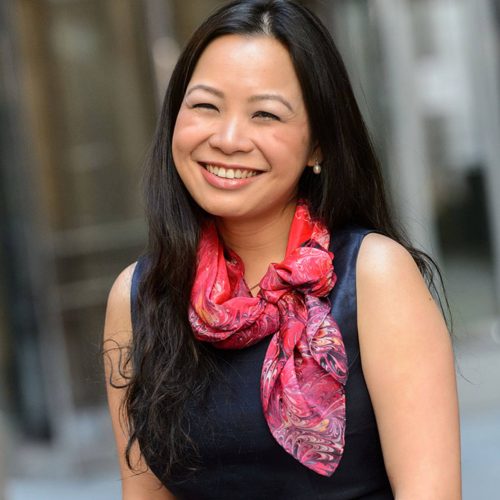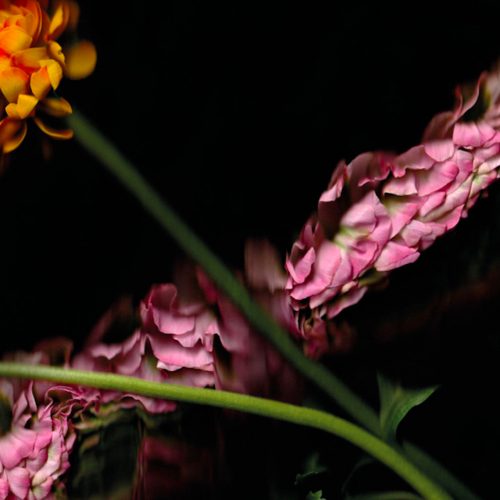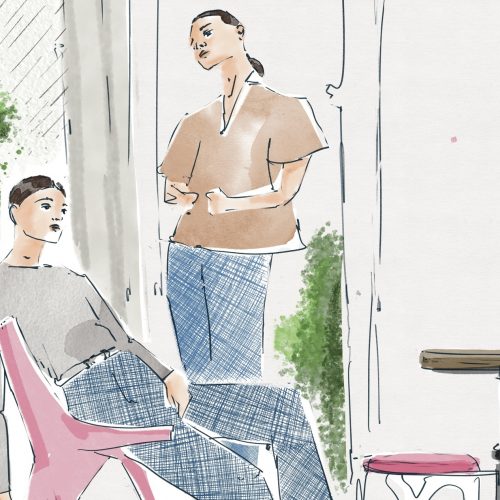Black Venus | An Examination of Black Women in Culture
Somerset House is about to host the Black Venus exhibition that examines the perception of Black women in visual culture. Curated by Aindrea Emelife, the exhibition will be open to visit from the 20th of July.
To receive the Luxiders Newsletter, sign up here.
How does history reflect Black femininity? How it depicts Black women? Where are the Black women placed in the culture? And especially, how are they seen in the visual culture? All these questions are about to be answered by a talented group of Black women and non-binary artists through the Black Venus exhibition soon. Curated by the Nigerian-British art historian and curator Andrea Emelife, the exhibition pays attention to the historical depictions of Black women and the Black body. As Emelife has expertise on colonial and decolonial histories of Africa, the archival presents a time journey throughout history: 40 contemporary and mostly photographic artworks, dated between 1793 to 1930 will be exhibited at the Somerset House, London. While the diverse aspects of Black femininity will place themselves there in the current existence, it will also take the historical objectives of Black womanhood with itself. Othering, fetishization, and reclamation of narratives… An art journey to travel through time and explore the variations of the Black femininity experience is about to be present in London.
INSIDE THE EXHIBITION
Perception is the key to this exhibition, there it places three archetypes when expanding the showcase of perception influences on Black womanhood: The Hottenhot Venus, the Sable Venus, and the Jezebel. Cross-generational women’s and non-binary artists’ intricate experiences are presented through the roots of these three. The thematic focus is on the Hottenhot Venus. Reminiscing Sarah Baartman who was enslaved by colonists and toured as a ‘freak show’ exhibit, the ‘Hottenhot Venus’ brings the archetypal images of Black women from the vault and portraits the colonial-era coded Black femininity and images. Renee Cox poses as the Hottentot Venus in HOTT-EN-TOT (1994), channeling a rebel toward Baartman’s historical portrayals and redirecting the gaze toward the viewer. Through Miss Thang (2009), the themes of self-actualization and enlightenment experience a visible rebirth around reclaiming the outside world.
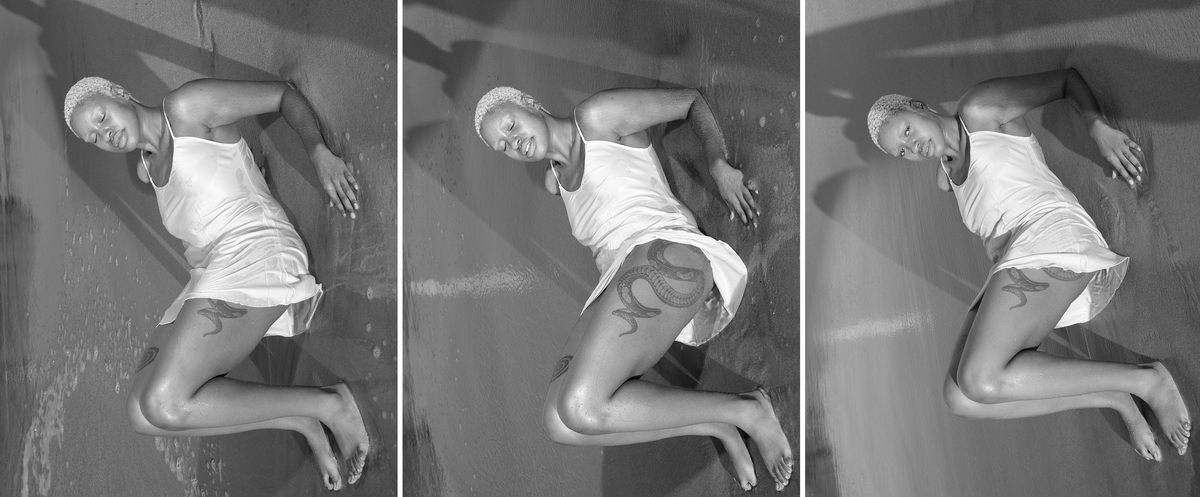
Widline Cadet, On a Clear Day, I Thought I Saw Forever, 2020 © Courtesy of the artist.
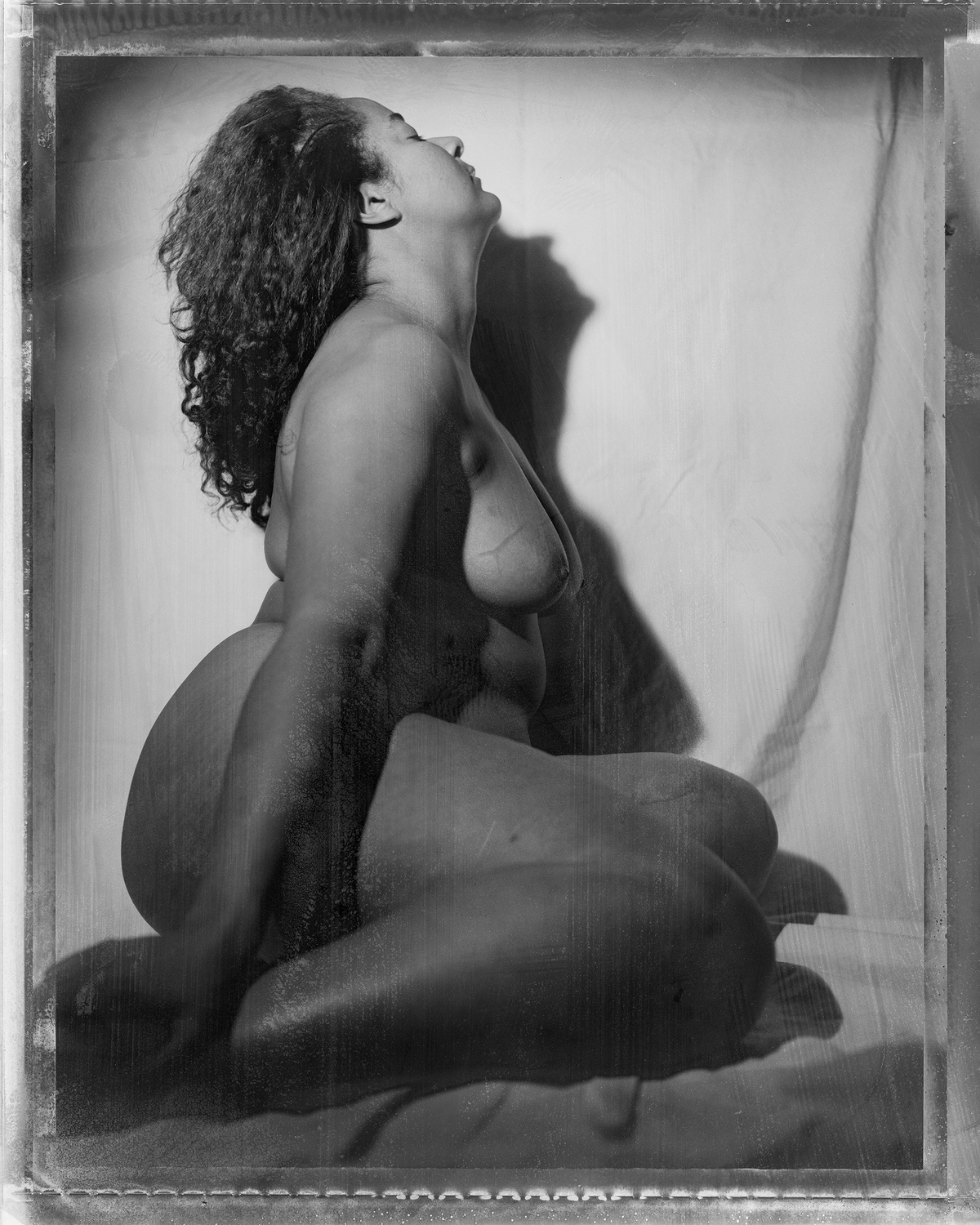
Carla Williams, Venus, 1992- 1994 © Courtesy of the artist.
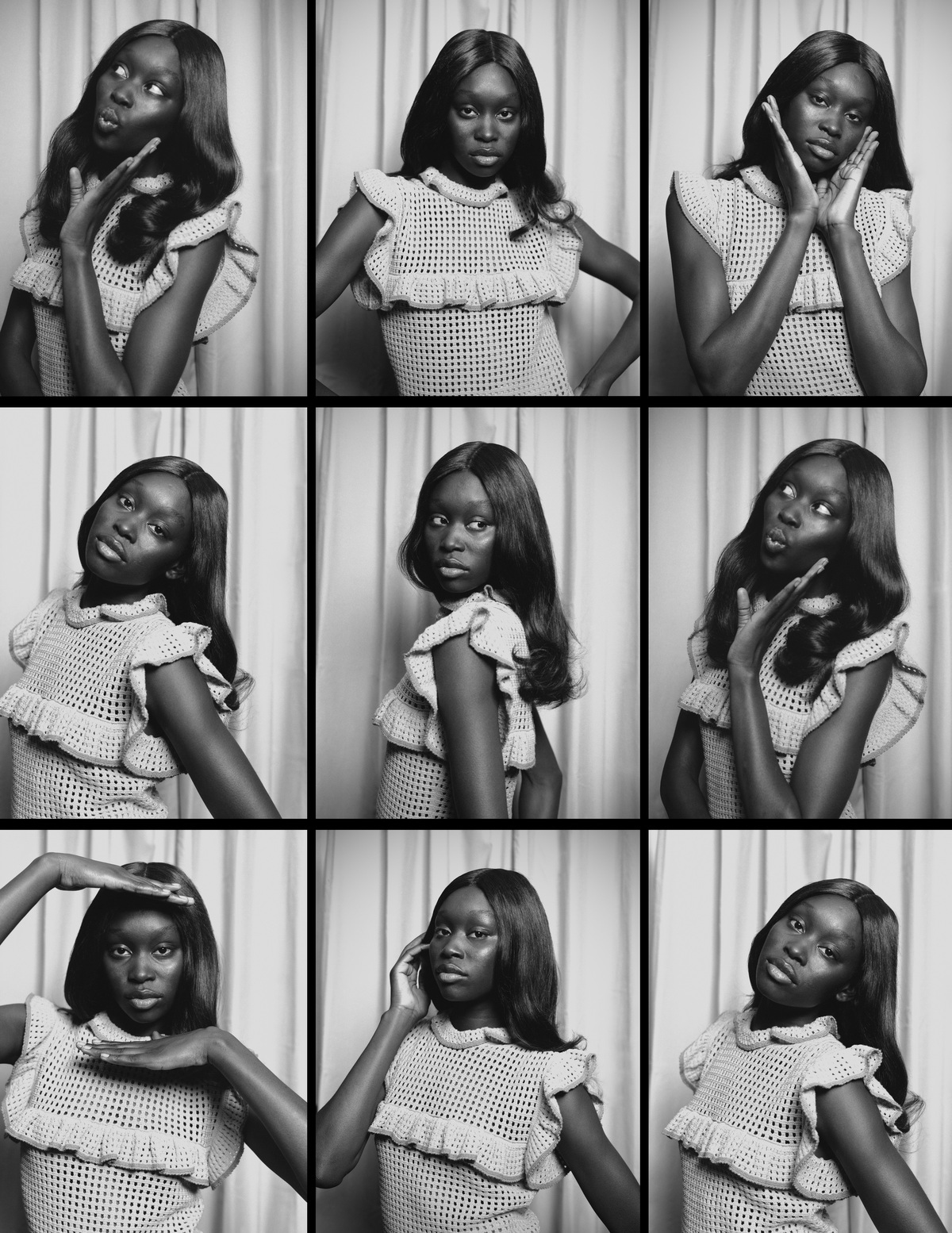
Amber Pinkerton Photo Booth, Sabah, Girls Next Door, 2020, © Courtesy the Artist and ALICE BLACK.
"Rather than simply putting forth a compelling group of contemporary talent, BLACK VENUS defines a legacy. At a time when Black women are finally being allowed to claim agency over the way their own image is seen, it is important to track how we have reached this moment.” – Aindrea Emelife, Curator of the exhibition.
The visual culture’s exoticization of the Black women is depicted in the Sable Venus, being developed by Thomas Stothard’s etching The Voyage of the Sable Venus from Angola to the West Indies (c. 1800). A layer of Western classical culture meets with the Black beauty and shows up as the Sable Venus being risen from the sea on a half-shell. The sexual objectification places itself one step ahead through the Triton the sea god’s predatory attention to the Sable Venus. Sexual objectification coexists in the Jezebel, either. The image of Josephine Baker, who is a cultural icon and a performer, interprets the Western colonist sexual fantasies towards Black women and the narrow perception of Black beauty satirically.
When and Where I Enter, the British Museum (2007) by Carrie Mae Weems also draws attention to the colonial figures. Weems places herself among the museum’s tourists and columns, and the widespread and constant existence of European colonialism is emphasized: She appears both anonymous and salient. The subjectivity of history, then, is narrated through the Photo Booth (2008) of Lorna Simpson. The psychological projections are searched in the viewer through photobooth self-portraits and the concepts of time and context are saluted through dislocation. Ayana V. Jackson expresses the history of slavery through her artworks Anarcha (2017) and Black Rice (2019) – cruelty, dehumanization, control, and forced labor are depicted through counterimages. All these realities intersect with the perception of Black women's bodies as they are labored and there Jackson metaphorically envisages the visual culture exclusively placing such concepts as vulnerability and fragility to white women’s bodies when black women are challenged.
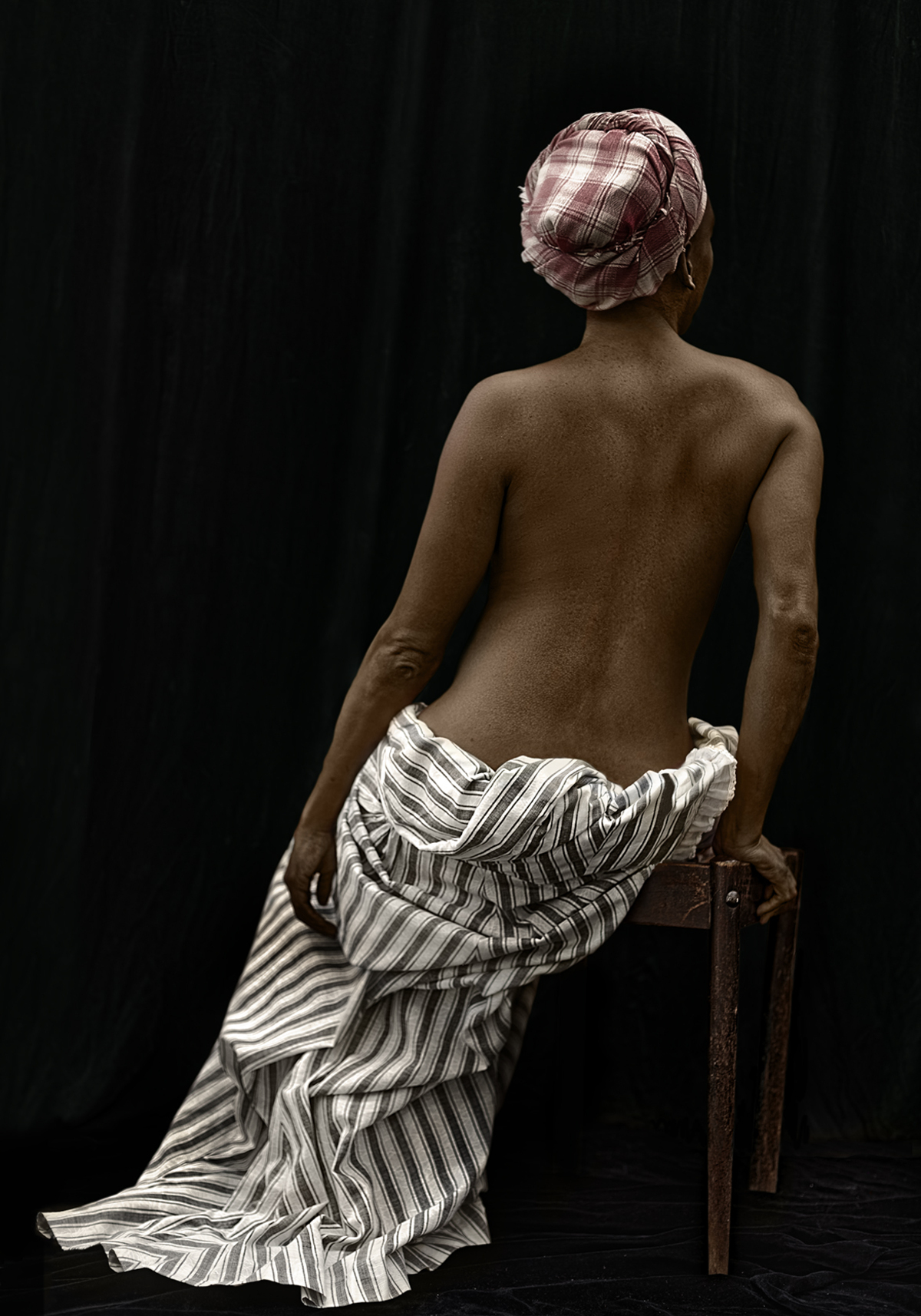
Ayana V. Jackson, Anarcha, 2017 © Courtesy of the Artist and Mariane Ibrahim.
"In looking through these images, which span different stages of history, we are confronted with a mirror of the political and socio-economic understandings of Black women at the time and how the many faces of Black womanhood continue to shift in the public consciousness.” - Aindrea Emelife, Curator of the exhibition.
MUST TO KNOW
Opening on the 20th of July 2023 at Somerset House, London; the exhibition “Black Venus” will be able to visit until 24 September 2023. Tickets will be conducted by the Pay What You Can system. The participating artists include Sonia Boyce, Shawanda Corbett, Widline Cadet, Renee Cox, Delphine Diallo, Ayana V. Jackson, Zanele Muholi, Amber Pinkerton, Tabita Rezaire, Coreen Simpson, Lorna Simpson, Ming Smith, Maud Sulter, Kara Walker, Maxine Walker, Carrie Mae Weems, Alberta Whittle, and Carla Williams. The themes are also a re-examination of the curator, Aindrea Emelife’s new book Black Venus: Reclaiming the Gaze which will be published in Spring 2024.
There are currently two piquant events in the program of the exhibition. Black Venus: Emelife in Conversation with Sharmadan Reid will host Shamadan Reid, founder, and CEO of The Stack World. The Stack World is a platform for mission-driven women to connect, where ensuring gender equality both socially and economically is the core goal. The event will take place in the Portico Rooms, (South Wing, Somerset House) but it also will be able to stream online for The Srack World Members on 21 July 2023.
The second event will be Black Venus x Upgrade Yourself Takeover, which is focusing on young creative people engaging in connections with each other. The free event will offer access to the newly launched exhibition and interactive talks – it will simultaneously pave the way for the young creatives to progress in their careers in the creative industry.
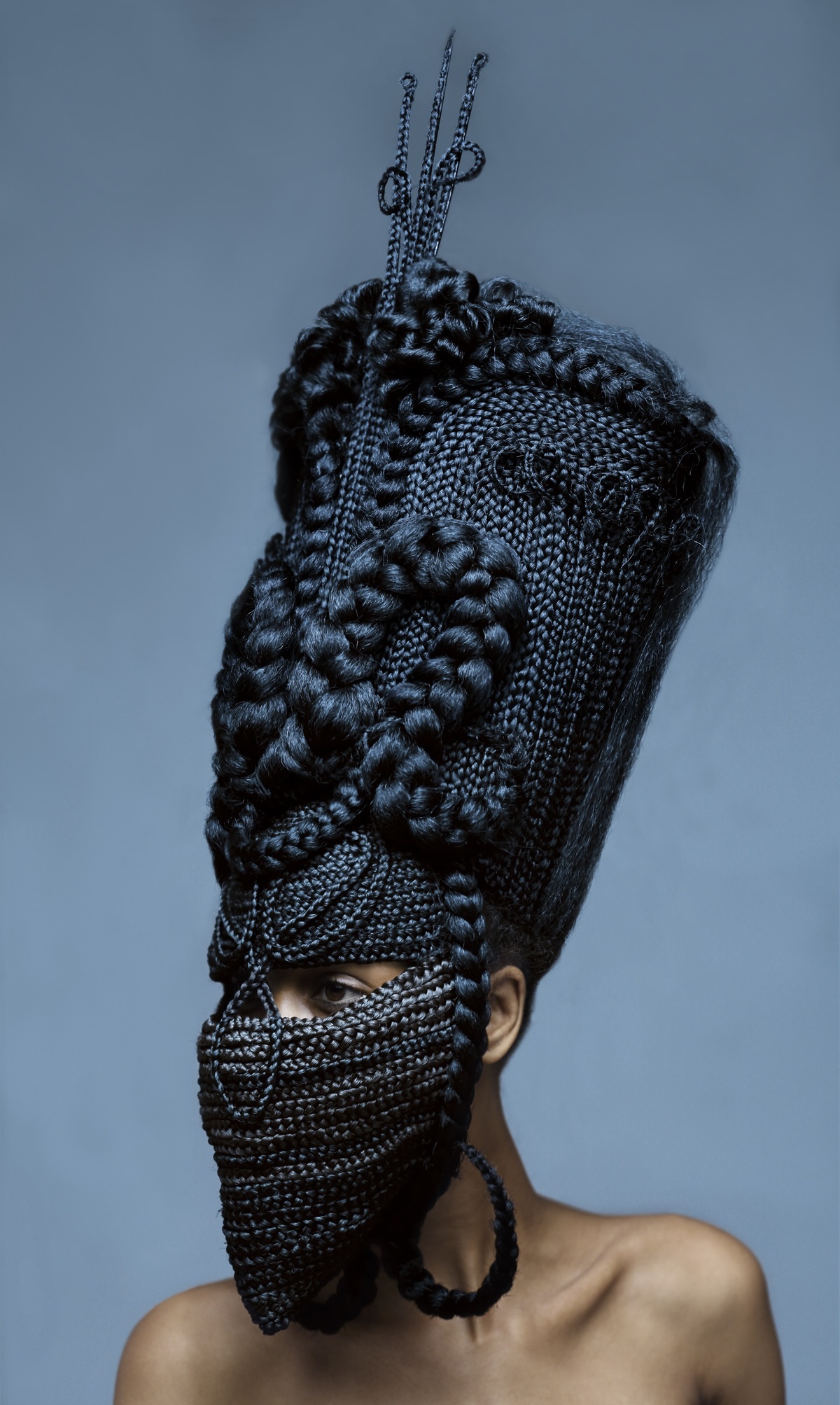
Delphine Diallo, Highness Blue (Hybrid 1), 2011 © Courtesy of MTArt and the artist.
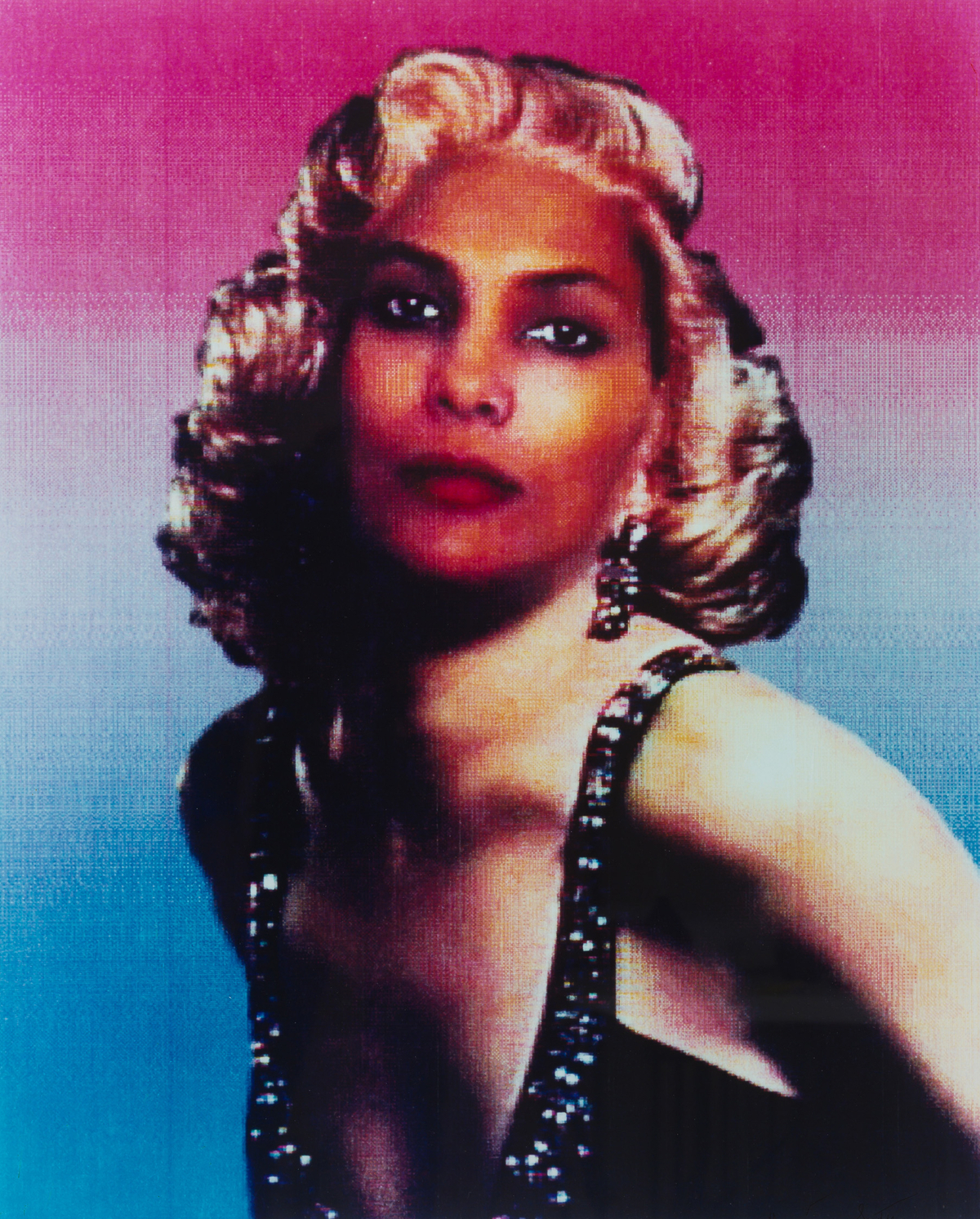
Ming Smith, Me as Marilyn, 1991 © Courtesy of the artist and Pippy Houldsworth Gallery, London.
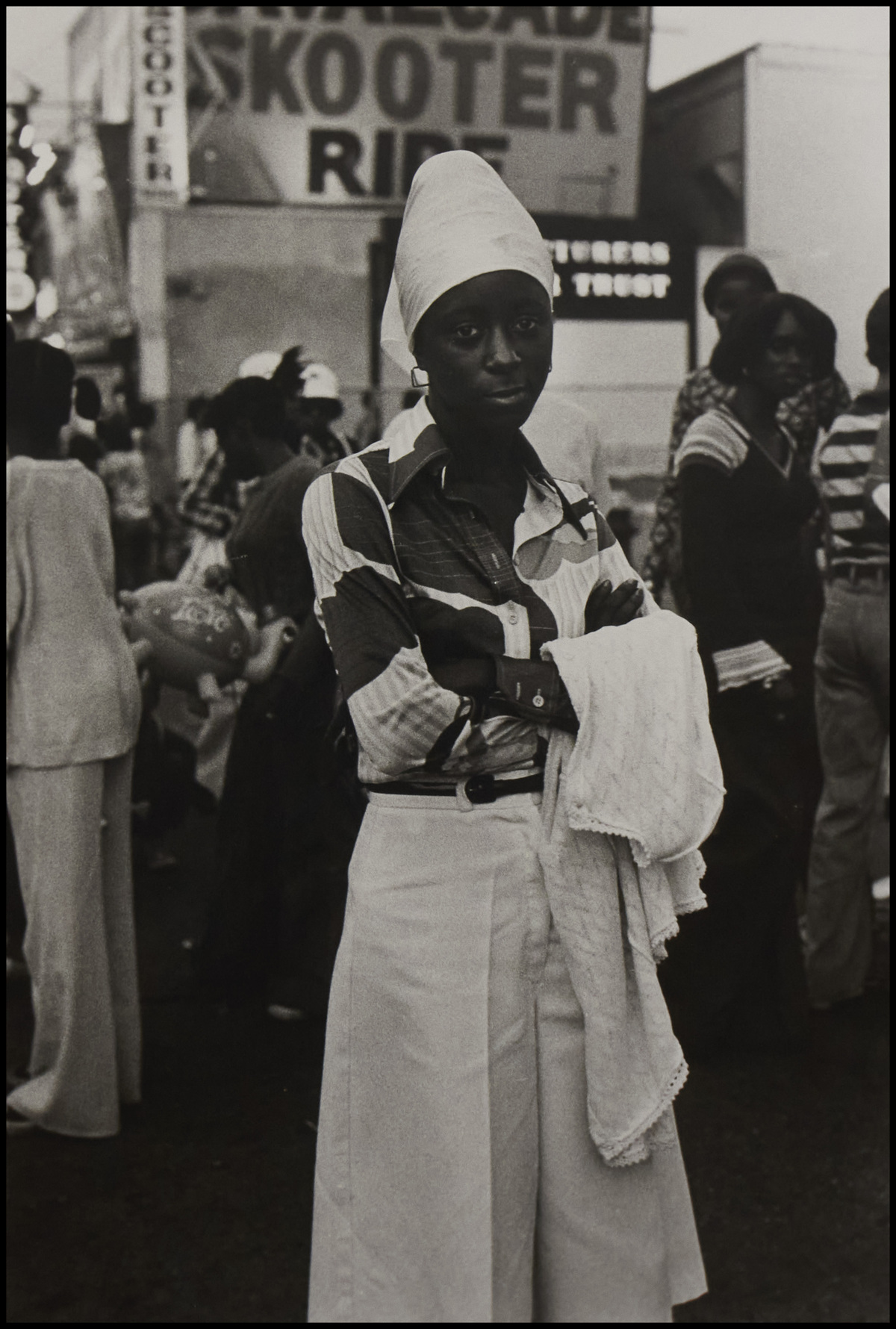
Ming Smith, Instant Model, 1976 © Courtesy of the artist and Pippy Houldsworth Gallery, London.
+ Highlight Image:
Ming Smith, Grace on Motor Cycle, 1978
© Courtesy of the artist and Pippy Houldsworth Gallery, London.
Words:
Tolga Rahmalaroglu
Luxiders Magazine


